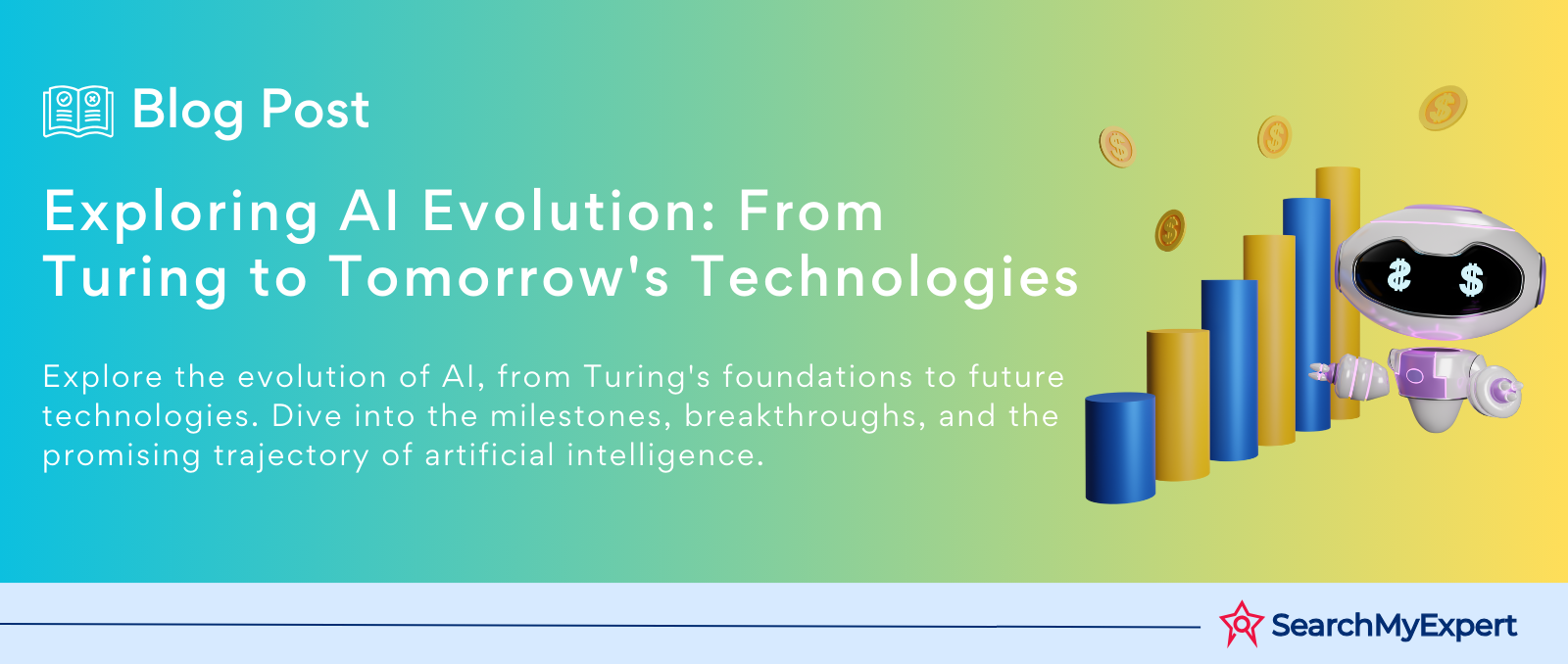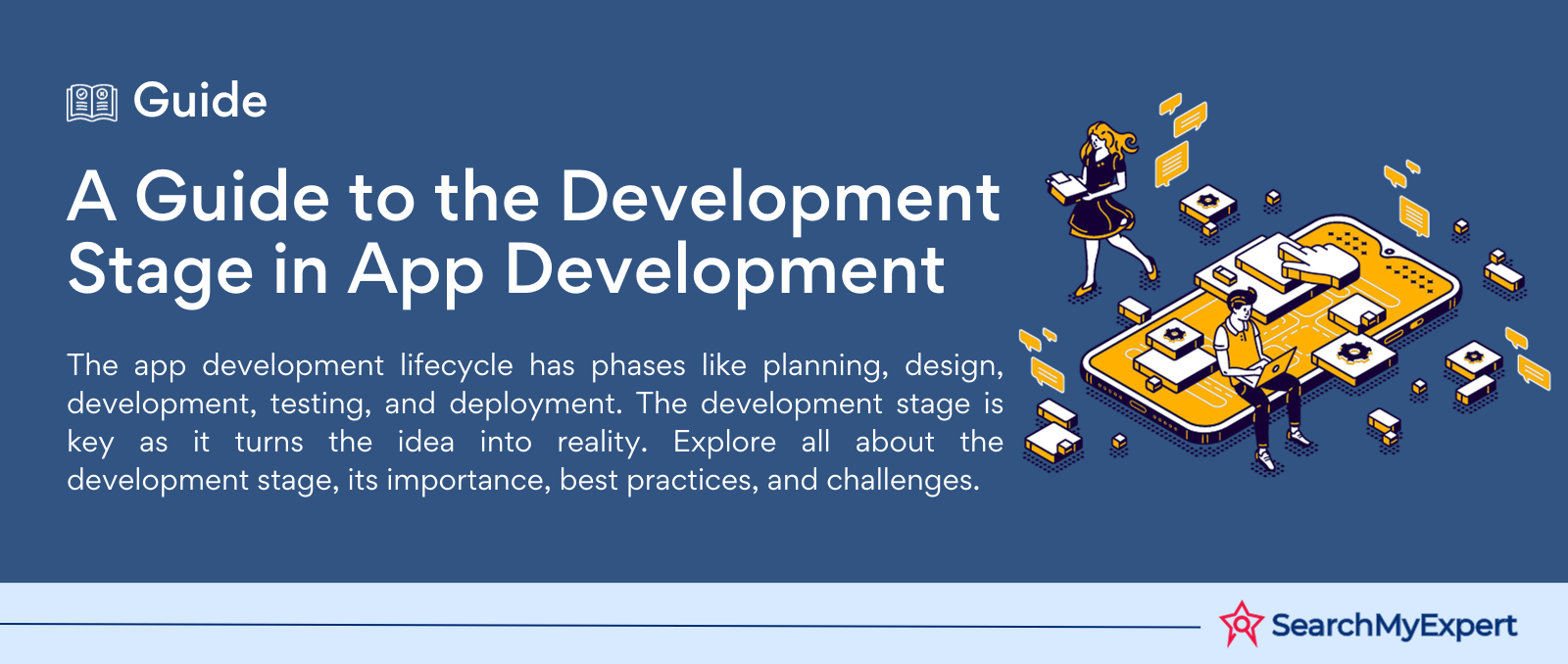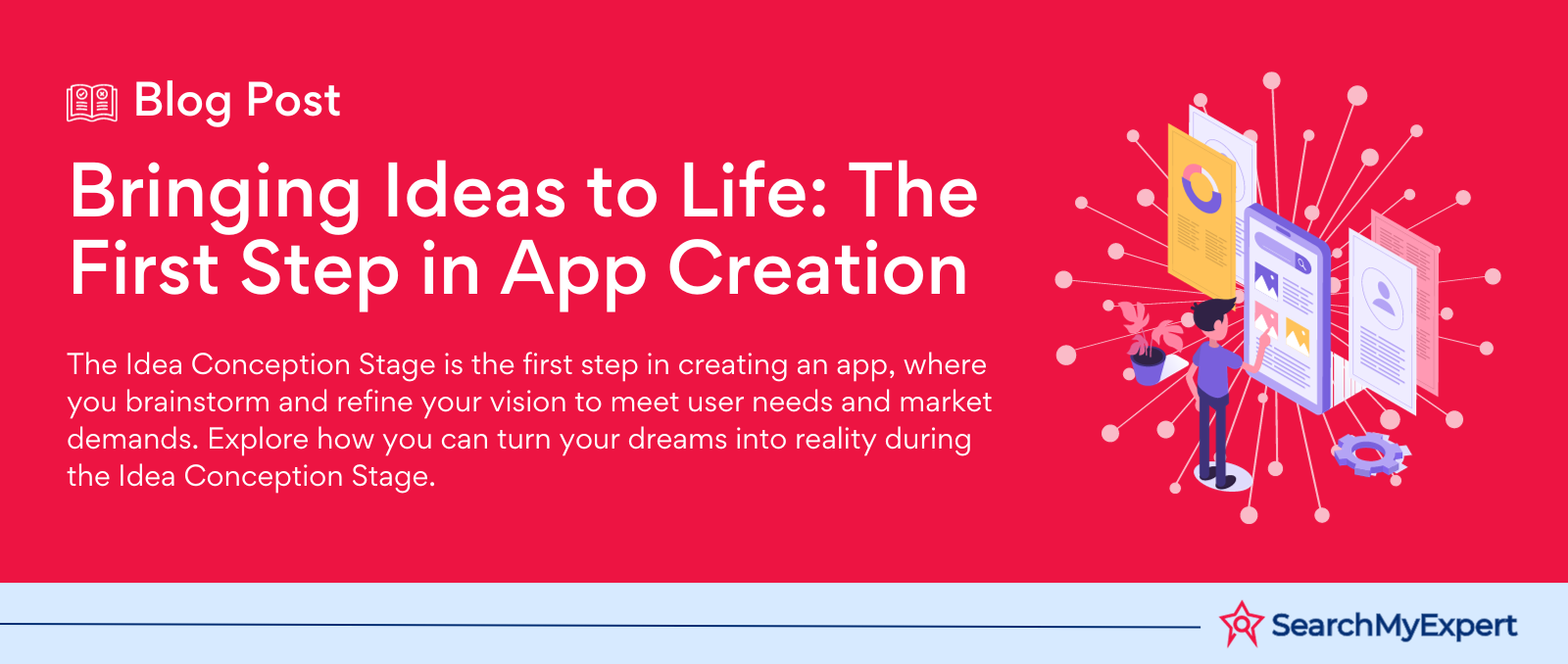Examining the Evolution of AI: From Turing to Future Technologies

The Evolution of Artificial Intelligence: Tracing the Path of Technological Breakthroughs
The Dawning of a New Era: Understanding AI
In an age where technological advancements unfold at an unprecedented pace, one term consistently captures the imagination and curiosity of innovators, entrepreneurs, and the general populace alike: Artificial Intelligence (AI). This concept, once relegated to the realms of science fiction, has rapidly evolved to become an integral part of our daily lives. AI, at its core, refers to the simulation of human intelligence in machines that are programmed to think and learn like humans. The significance of AI in modern society cannot be overstated; it represents not just a technological evolution but a paradigm shift in how we interact with technology and data.
Purpose and Journey of Exploration
The purpose of this discussion is to embark on a fascinating journey through the evolution of AI technologies. This exploration is not just about understanding how AI has transformed from a theoretical concept to a practical tool, but also about appreciating the myriad ways in which it continues to shape industries, redefine human interaction, and chart the course for future innovations.
A Glimpse into the Evolutionary Milestones
As we delve into the AI odyssey, key milestones and advancements stand out, marking significant leaps in this ever-evolving field. From the inception of basic neural networks to the sophisticated, self-learning algorithms of today, each step in this journey reflects a deeper understanding of AI's potential. We will uncover the groundbreaking developments that have propelled AI from simple automated tasks to complex decision-making processes, reshaping the landscape of technology as we know it.
The Pioneers and Pillars: Laying the Foundation of AI
Alan Turing: The Prophetic Visionary
The story of Artificial Intelligence begins with a name that has become synonymous with the genesis of computing itself: Alan Turing. Turing, a British mathematician and logician, laid the conceptual groundwork for AI in the 1950s. His most notable contribution, the Turing Test, was a revolutionary idea that proposed a way to measure a machine's ability to exhibit intelligent behavior equivalent to, or indistinguishable from, that of a human. This test became a foundational concept in the field of AI, setting a benchmark for future AI developments.
John McCarthy and the Birth of "Artificial Intelligence"
Another key figure in the early days of AI was John McCarthy. Often regarded as the father of AI, McCarthy coined the term "Artificial Intelligence" in 1955, marking the formal birth of the field. He organized the famous Dartmouth Conference in 1956, where the term was first adopted and the concept of AI began to take a definitive shape. McCarthy's vision was instrumental in bringing together the brightest minds of the time to focus on creating machines that could not only replicate but also improve upon human cognitive functions.
Development of Key Concepts
During this formative period, several key concepts emerged that would shape the future of AI. One such concept was expert systems, which were among the first true AI applications. These systems attempted to codify the knowledge and decision-making abilities of human experts in specific fields. By the 1970s, expert systems had become a major focus of AI research, symbolizing the first practical step towards creating machines that could mimic human expertise and decision-making processes.
Limitations of Early AI: A Reality Check
Despite these groundbreaking developments, the early days of AI were not without significant limitations. Two major factors hindered the progress of AI during this era:
- Computing Power: The computational technology of the time was rudimentary by today's standards. Early computers lacked the processing power and storage capacity needed for the complex calculations required by AI algorithms. This limitation was a significant barrier to advancing the field beyond basic theoretical models and simple practical applications.
- Theoretical Understanding: The initial enthusiasm for AI faced a reality check as researchers confronted the immense complexity of replicating human intelligence. Theoretical understanding of neural networks, learning algorithms, and cognitive processes was still in its infancy. This gap in knowledge led to overly optimistic predictions about AI's potential, which were soon tempered by the practical challenges encountered.
In retrospect, the early days of AI were marked by both visionary ideas and sobering limitations. The work of pioneers like Turing and McCarthy set the stage for what would become a relentless pursuit of artificial intelligence. However, it was clear that significant advancements in both technology and theory were needed to realize the full potential of AI. As we move forward in our exploration of AI's evolution, these foundational concepts and early limitations will serve as a backdrop against which the rapid advancements of later years can be better understood and appreciated.
The Era of Symbolic AI: Logic, Rules, and Reasoning
Symbolic AI: The Core Concept
During the 1970s and 1980s, Artificial Intelligence took a significant turn with the rise of Symbolic AI, also known as rule-based AI. This paradigm dominated the field, emphasizing the use of human-readable symbols to represent problems and knowledge. In Symbolic AI, the focus was on encoding expert knowledge and logical reasoning into AI systems. This approach relied heavily on rules and decision trees where AI systems were programmed with a set of pre-defined rules that they would use to process data and make decisions.
Pioneering Projects: MYCIN and DENDRAL
Two influential projects, MYCIN and DENDRAL, epitomized the potential of Symbolic AI.
- MYCIN: Developed in the early 1970s at Stanford University, MYCIN was designed to diagnose bacterial infections and recommend antibiotics. It was one of the earliest expert systems, using rule-based logic to draw conclusions. Despite never being used in clinical practice, MYCIN was significant for its ability to handle complex decision-making tasks and it set a precedent for future research in medical diagnosis using AI.
- DENDRAL: Another Stanford project, DENDRAL, was an expert system designed to analyze chemical mass spectrometry data. As one of the first applications of AI in chemistry, DENDRAL demonstrated how AI could contribute to scientific research by interpreting vast amounts of data more efficiently than human experts.
Symbolic AI: Advantages and Breakthroughs
Symbolic AI was advantageous in its ability to process complex, structured information and make logical deductions. This approach was particularly effective in domains where rules and logic were clearly defined, such as mathematics and logic puzzles. The success of expert systems like MYCIN and DENDRAL showcased the potential of AI to not only replicate but also augment human expertise in specific fields.
Inherent Limitations of Symbolic AI
Despite its successes, Symbolic AI was not without limitations. Two major challenges became apparent:
- Knowledge Acquisition Bottleneck: One of the biggest challenges was the knowledge acquisition bottleneck. This referred to the difficulty in extracting and encoding expert knowledge into the system. The process was time-consuming, labor-intensive, and often required the involvement of the experts themselves. As a result, scaling these systems or updating them with new knowledge was a significant challenge.
- Brittleness: Symbolic AI systems were also known for their brittleness. They could fail dramatically when faced with situations that weren't covered by their predefined rules. This lack of flexibility and inability to handle ambiguous or novel situations limited the applicability of Symbolic AI in more dynamic real-world scenarios.
The Connectionist Revolution: Mimicking the Brain's Wiring
Connectionism: The Brain-Inspired Shift
In the 1980s and 1990s, Artificial Intelligence underwent a transformative shift with the emergence of connectionism, an approach inspired directly by the structure and function of the human brain. This paradigm marked a departure from the rule-based systems of Symbolic AI, focusing instead on the development of artificial neural networks (ANNs). These networks sought to emulate the interconnected neuron structure of the human brain, providing a fundamentally different way of processing information.
Artificial Neural Networks: Learning from Data
Artificial Neural Networks became the cornerstone of this new era. Unlike their predecessors, ANNs didn't rely on predefined rules. Instead, they processed information through interconnected layers of nodes (mimicking neurons) that could learn and make decisions based on the data they were fed. This ability to learn from data allowed ANNs to recognize patterns, make predictions, and solve problems in a more dynamic and adaptable manner.
Backpropagation: The Engine of Learning
A key breakthrough in the development of neural networks was the advent of backpropagation, an algorithm that fundamentally changed the way networks learned. Backpropagation allowed for the adjustment of the weights within the network based on the error of the output. In simple terms, it enabled the network to learn from its mistakes, iteratively improving its performance on tasks like image and speech recognition, and even playing games.
The Rise of Deep Learning
The application of backpropagation led to the development of deep learning models, characterized by their 'deep' layers of neural networks. These models could learn to recognize complex patterns in large datasets, leading to significant breakthroughs in various fields. For instance, in image and speech recognition, deep learning models began outperforming traditional methods, showcasing their immense potential.
Deep learning also led to the development of Convolutional Neural Networks (CNNs) and Recurrent Neural Networks (RNNs), each suited for different types of tasks. CNNs became pivotal in processing visual data, while RNNs showed promise in handling sequential data like language and speech.
The AI Renaissance: Unleashing the Power of Data and Computation
A New Era of Computational Power and Data Availability
The dawn of the 21st century marked the beginning of what can be aptly termed as the AI Renaissance. This period is characterized by an exponential increase in computational power and the unprecedented availability of large datasets. Advancements in hardware, such as GPUs (Graphics Processing Units) and TPUs (Tensor Processing Units), provided the necessary computational muscle to process massive datasets. Simultaneously, the digitalization of numerous sectors resulted in an abundance of data, which became the fuel for AI systems.
Deep Learning: Spearheading Breakthroughs
Deep learning, a subset of machine learning, became the driving force behind the major breakthroughs during this period. The availability of big data and powerful computing resources enabled deep learning algorithms to excel in tasks like image recognition, speech recognition, and natural language processing (NLP).
- Image Recognition: AI systems became capable of identifying and classifying objects in images with accuracy surpassing human levels. This advancement was pivotal in fields like medical imaging, where AI began assisting in diagnosing diseases from X-rays and MRI scans.
- Speech Recognition: The improvements in AI's ability to understand and process human speech led to the development of virtual assistants like Siri, Alexa, and Google Assistant, revolutionizing the way we interact with technology.
- Natural Language Processing: NLP saw significant advancements with models like GPT (Generative Pre-trained Transformer) and BERT (Bidirectional Encoder Representations from Transformers). These models enhanced machine understanding of human language, enabling applications ranging from machine translation to sentiment analysis.
Beyond Deep Learning: Reinforcement Learning, Robotics, and Autonomous Systems
While deep learning dominated the headlines, other areas of AI also saw substantial progress:
- Reinforcement Learning: This technique, where AI systems learn to make decisions by receiving rewards or penalties, led to breakthroughs in areas like game-playing AI. Notable examples include DeepMind's AlphaGo and OpenAI's Dota 2-playing bots.
- Robotics: AI advancements significantly boosted robotics, leading to more sophisticated and autonomous robots. Applications ranged from industrial robots that could perform complex tasks with precision to humanoid robots with advanced interaction capabilities.
- Autonomous Systems: The development of self-driving cars is perhaps the most prominent example of AI in autonomous systems. These vehicles combine various AI technologies, including computer vision, sensor fusion, and decision-making algorithms, to navigate and drive without human intervention.
Embracing the AI Journey: Reflections and Future Pathways
As we reach the conclusion of our exploration into the evolution of Artificial Intelligence (AI), it is evident that this journey is not just a narrative of technological advancement but a testament to human ingenuity and aspiration. From the early theoretical foundations laid by pioneers like Alan Turing and John McCarthy to the latest breakthroughs in deep learning and neural networks, AI has continually evolved, breaking barriers and opening new horizons.
Key Takeaways from AI's Evolutionary Tale
- From Concept to Reality: The transformation of AI from a concept in science fiction to a tangible, influential technology in daily life marks one of the most significant developments in modern history.
- Pioneering Efforts: The early efforts in Symbolic AI and the subsequent shift to Connectionist approaches highlight the field's dynamic nature, driven by both technological advancements and theoretical insights.
- Technological Breakthroughs: The AI Renaissance, fueled by massive computational power and data, has led to groundbreaking applications in image and speech recognition, natural language processing, and beyond.
- Interdisciplinary Impact: AI's influence extends across various sectors, including healthcare, education, and environmental sustainability, demonstrating its transformative potential.
- Ethical and Societal Implications: The rise of AI has brought forth critical ethical considerations, emphasizing the need for responsible development to ensure fairness, transparency, and societal well-being.
The Unfolding Future of AI
The potential of AI continues to grow, promising further innovations that could reshape our world. However, this potential comes with the responsibility of ensuring its development and application are aligned with ethical standards and societal needs. The future of AI should be guided by a concerted effort to harness its benefits while addressing its challenges.
A Call for Engagement and Critical Thinking
As we stand at the crossroads of this AI-driven era, it is crucial for individuals, communities, and policymakers to engage in continuous dialogue and critical thinking about AI's role in society. This involves staying informed about AI advancements, participating in discussions about its ethical implications, and contributing to shaping policies that govern its use.
Conclusion
The journey of AI is far from over, and its trajectory will undoubtedly be shaped by the choices we make today. By embracing a future where AI is developed responsibly and inclusively, we can ensure that this powerful technology serves as a tool for positive change, enhancing human capabilities and addressing some of the most pressing challenges of our time.
Collaborate with leading Artificial Intelligence Agencies for smart solutions.
share this page if you liked it 😊
Other Related Blogs

Mastering Docker for App Development: A Comprehensive Guide to Benefits, Use-Cases, and Alternatives
STAY UP TO DATE
GET PATH'S LATEST
Receive bi-weekly updates from the SME, and get a heads up on upcoming events.
Contact Us











